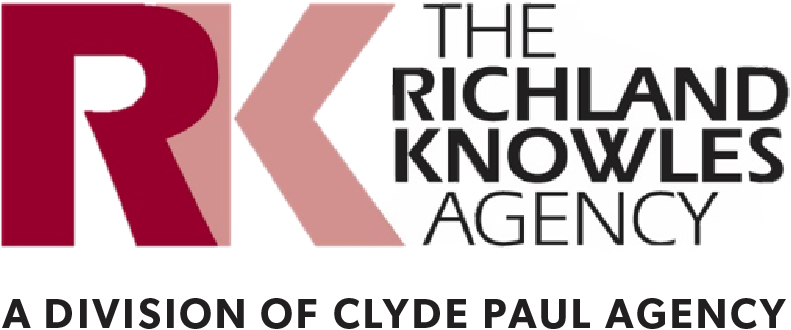
Do you have a good handle on all your business’ valuable assets? After all, you see these items every day when you go to work: computers, cash registers, specialty gear, copiers/printers, desks, display cases, etc.
You may have a mental tally of your most valuable assets, but odds are, you would also forget a few of them if asked to list them on any given day. This is especially true if you are trying to take inventory of your assets during the stressful aftermath of a fire, flood, or other catastrophic loss. Did you remember your security cameras? Your fixtures? It is easy to forget some of the little stuff.
If you experience a loss, you will be forced to move everything out of your building or office so structural repairs can begin. You will sort salvageable items from non-salvageable items and calculate cash value for those items that cannot be salvaged. You may quickly realize that you have more valuable business assets and inventory than you first remembered. Pulling together a comprehensive list will be so tedious that you will be tempted to declare a total loss and collect a payout from your insurance. However, if you do some upfront work, you will potentially save thousands of dollars and keep a larger portion of your property if disaster strikes.
Accounting for Business Assets: Then & Now
Inventory management has become more effective due to technology. Many companies specialize in cleaning and restoration after a loss. They use advanced restorative technology and processes to reduce the number of non-salvage replacements. Texting or emailing digital photographs of items helps expedite quotes for repairs and comments from restoration specialists. Business owners can go online to answer questions, provide additional information, or check the status of their claim. Finally, the cloud and scanned bar codes enable business owners to record, safely store and easily access an entire inventory — no pen and paper needed.
Best Practices for the Worst-Case Scenario
Technology is one area that can help you. Here are five additional best practices that will help alleviate the headache of tallying your business assets after a loss:
- Save your receipts — When you buy something for your business, make sure to keep your receipts.
- Take photos — It is important to have photos of your assets prior to any damage and after damaged as occurred. Photos can help ease the situation in the event of a loss.
- Do a periodic walk-through — Stroll through every room in your business once per quarter. Note everything in each room — furniture, fixtures, lighting, computers, and other technology items — and take pictures of each.
- Take note of the details — Pictures and lists are a great start, but do not stop there. The more thorough you are, the easier it will be for your insurance company to replace your inventory and assets after a loss. Provide in your notes item descriptors, serial numbers, purchase dates, and the items’ estimated value (if you do not have receipts).
- Upload your list — Save your list and pictures to the cloud and back it up on a thumb drive. If you opt to keep your notes on paper, make a few copies and store the copies in a separate location away from your business.
Some circumstances are out of your control; We understand that. The stress you may sustain during the aftermath is unavoidable. However, by following best practices, you can minimize your stress and expenses while ensuring you are reimbursed by your insurance company for non- salvageable items.
If you would like to learn more, please contact us at 908-273-7100 or Information@RichlandKnowles.com.
